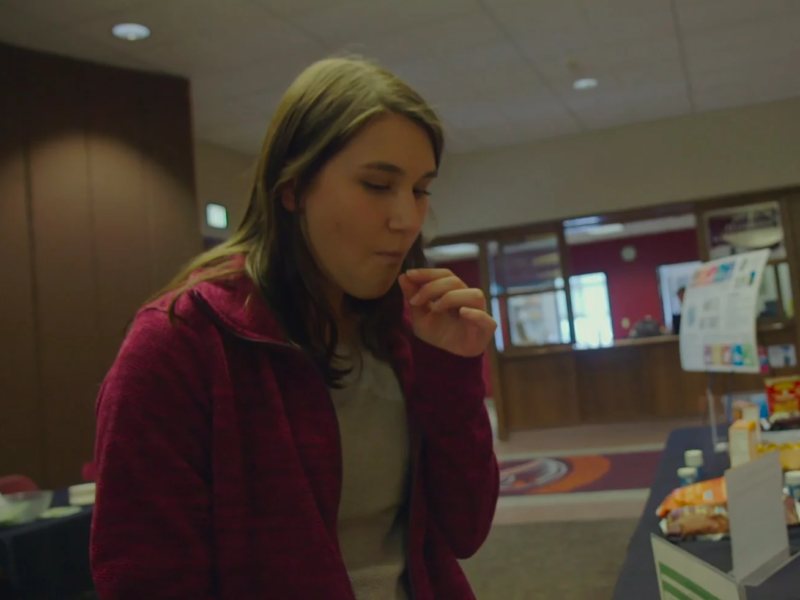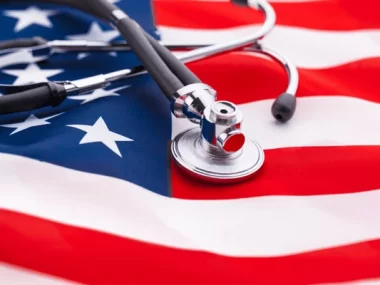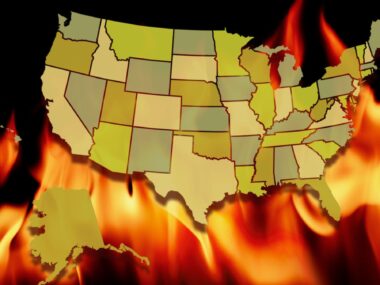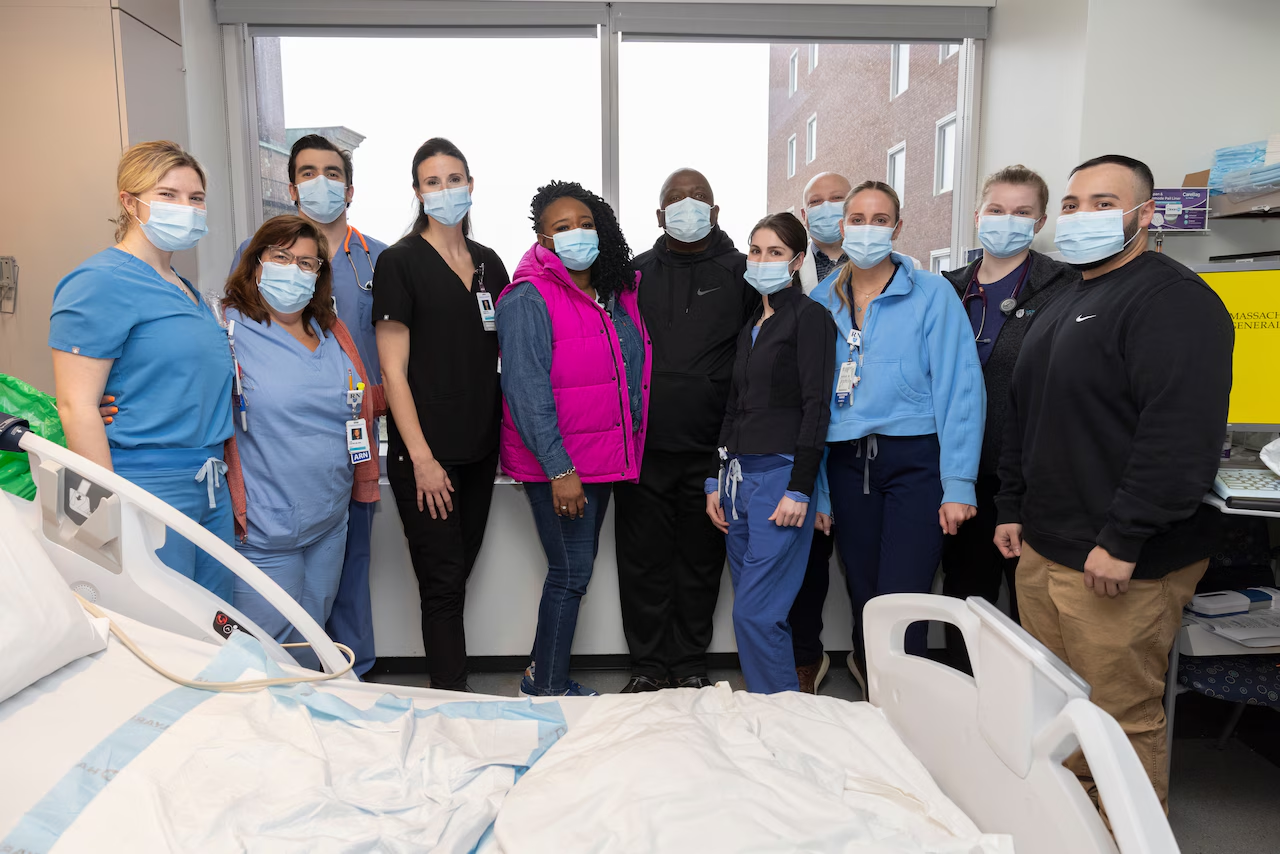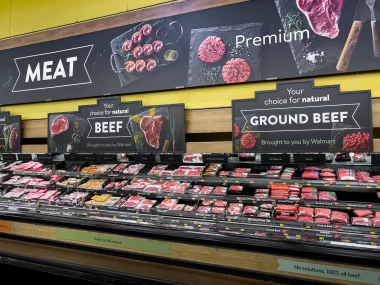|
Neubauer Coporation
Getting your Trinity Audio player ready...
|
Yahoo Life has partnered with Emmy- and Peabody Award-winning broadcaster Soledad O’Brien to exclusively present the documentary Hungry to Learn (watch above). O’Brien and her team followed four college students facing the hard choice of paying for college or paying for food and housing. She discovered that an astounding 45 percent of college students are struggling with hunger. In the article below, O’Brien reports on how the hunger crisis is escalating this fall as most campuses open remotely because of COVID-19, leaving financially struggling students with no place to live or eat.
When Isabella Moles started the 2019-20 school year at Susquehanna University in Selinsgrove, Pa., her grades were rising. She was a leader in her sorority and on her campus. She had two jobs and a car. The school had found scholarship money to address her most vexing problem: food and housing costs she couldn’t afford because of rising tuition and inadequate financial aid. Then came the coronavirus.
“Before the pandemic, I had figured out my food situation for the semester, the summer, and all I had to worry about was the breaks,” says Moles, who likes to be called Izzy. “Now I’m hungry every day — again.”
Ever since the pandemic began closing down most American colleges, the rate of food insecurity among students has been rising — and it’s about to get much worse. No classes all spring meant no dorms to provide housing for students who didn’t have a home to return to. It also meant no food service. Some of the more than 650 food pantries on campuses also shut down or scaled back. This fall, fewer than 25 percent of the nation’s 5,000 colleges had planned to reopen their campus for in-person school, according to a survey by the Chronicle of Higher Education, which means that many of the remaining 75 percent are not offering dorms or food yet again. It also means that jobs on or near campus are scarce.
“It’s bleak partly because the number of students who were going to be affected by this is undoubtedly going to be higher,” says Temple University professor Sara Goldrick-Rab, who founded the Hope Center for College, Community and Justice, a research organization that addresses basic needs for students, including food, affordable housing, transportation and childcare. “The only parallel that we have is the Great Recession. I think that the combination of the health crisis and the economic crisis will make this even worse. You know, the colleges didn’t close following the Great Recession.”

One harbinger of things to come is the way hunger escalated on campuses in the months after the pandemic forced colleges to close campuses and professors to teach remotely. “COVID is kind of like that crack of lightning in the night where all of a sudden you’re lit up for two seconds and all of the things that don’t work, all of the things that are broken, get lit for a moment. And everything is intensified. And that’s what we’re seeing because of years of defunding public education,” says Pam Eddinger, president of Bunker Hill Community College (BHCC) in Boston, the largest community college in Massachusetts. “What I worry about is, how much can the community college students withstand? Not only do you worry about your job, your housing, your food. Now you’re worried about your kids.”
According to a survey by the Hope Center for College, Community and Justice, among the 38,000 students responding to the survey in the midst of the pandemic, 58 percent were experiencing basic needs insecurity, meaning they lacked both food, housing and other needs. That rate did not differ between two-year and four-year institutions.
“Seventy percent of the students we surveyed had been working. A third of those students lost their jobs. And another third of them had their hours cut or their pay cut in some way. That’s from our pandemic record,” says Goldrick-Rab. “And you can see in that report that the food insecurity rate is much, much higher when those job losses happened. That’s the No. 1 thing, is that people cannot pay the bills.”
That’s what happened to Moles. She lost her job, then she lost her housing subsidy, which meant she needed even more money. She believes her college’s commitment to helping her weather the pandemic decreased as the population of students in need began to rise. The food pantry became skeletal, she said, serving up mostly macaroni and cheese. Most days she ate only once, or not at all. Months into the pandemic she landed a job at a pizza restaurant and relied on that food until she began to feel ill and started skipping meals.
“Some of the things that are a result of hunger are small things like bad breath or indigestion,” says Moles “But some of the bigger things are things that you need for school. You have inconsistent energy. You have a lack of mental concentration. This overbearing concern of when you’re gonna eat next.”
Anastasia Esther, currently a fourth-year student at the University of Wisconsin-Milwaukee, was already working two jobs to make ends meet when in March her campus went fully online and she found herself unemployed.
Esther, who experienced housing and food insecurity during her senior year of high school, began to worry about going hungry. That experience wiped out her GPA and nearly cost her spot at UWM.
“Your body is thinking, ‘Oh, my God, where am I going to get my nutrients from next? Where is my fuel? What am I supposed to be doing? Forget math homework. I need to focus on not dying,’” she says.
Esther would also learn that being a full-time student and full-time worker placed her under tighter scrutiny when applying for unemployment benefits.
“My unemployment was withheld for some time because Wisconsin unemployment had to determine whether or not I could work full time while going to school full time. The very fact that I was a student is what caused them to withhold money from me for months on end,” she says.
In June, as her savings dwindled, Esther finally received the first of two lump-sum payouts from unemployment, allowing her to maintain a small level of security through the summer while looking for employment during the fall semester.
The one federal program that could directly help students like her is the Supplemental Nutrition Assistance Program (SNAP), commonly known as food stamps. But of the 3.3 million students who were potentially eligible in 2016, less than half said they participated. SNAP has minimum work requirements that are tough to meet for students with a heavy course load, and increasingly with children.
Now even fewer students are eligible because many jobs vanished overnight after the COVID-19 outbreak, and the closure of physical campuses impeded students who previously may have been able to access SNAP benefits.
“Right now, we’re seeing a lot of issues with work-study programs,” says Miriam Lipschutz, the director of advocacy at Challah for Hunger, a nonprofit organization focused on alleviating food insecurity for college students. “If students aren’t on campus, [they] lose their 20-hour workweek requirement, lose that income and lose their SNAP benefits.”
Lipschutz and Challah for Hunger joined calls for the U.S. Department of Agriculture to change regulations regarding SNAP eligibility. This effort was echoed by requests from states.
On April 10, 2020, the USDA, in a letter to state agencies that administer SNAP funds, rejected these requests to provide benefits to students by suspending restrictions.
“Amazingly, Congress has acted to suspend the work requirement associated with SNAP for regular people, but not for college students,” says Goldrick-Rab.
College students today were already much more vulnerable than they were years ago when their parents were in school, says Goldrick-Rab, who is also the author of Paying the Price: College Costs, Financial Aid, and the Betrayal of the American Dream. Where once college students started their studies fresh out of high school, were majority-white and came from families with enough income to finance what were lower tuition costs, today’s students are older, increasingly from racial and ethnic minorities, often with children and with immigration problems, says Goldrick-Rab. Tuition has also skyrocketed as financial aid has fallen.
“Overall state funding for public two- and four-year colleges in the school year ending in 2018 was more than $6.6 billion below what it was in 2008 just before the Great Recession fully took hold, after adjusting for inflation. In the most difficult years after the recession, colleges responded to significant funding cuts by increasing tuition, reducing faculty, limiting course offerings, and in some cases closing campuses,” according to a 2019 report from the Center on Budget and Policy Priorities.

BHCC is a mirror of the country’s changing college population. The average age of students is 27, about three-quarters of the students are people of color, and 60 are parents, with half of them single mothers. Three-quarters of the students live at or below the poverty level.
“Some of us have childcare centers, some of us have computer labs and Wi-Fi. We have emergency offices. We have food pantries. So we became the hub rather than the education spoke,” says Eddinger. “So if your college is the hub and you have to close it down because of COVID, then students are short on food.”
Prior to COVID-19, students at BHCC would use an app to view and select available items at the college’s food pantry. After making their selections, staff would package the orders, with students picking them up at the end of the day before heading home.
“We closed in the middle of March and the pantry stayed open for a few weeks until there was a spike in the city. And we were asked by the city and the state to basically shelter in place,” says Eddinger. The school ended up partnering with a local organization to deliver the food directly to the students so they wouldn’t starve.
Katharine Broton, assistant professor at the College of Education at the University of Iowa, said hardship for students at many schools has been compounded by other factors that came atop the COVID-19 pandemic. “Where I am living in Iowa right now — and I think as we’ve seen in the West and the South — is that these things are being further exacerbated by natural disasters, whether that was the derecho that hit us, the wildfires, the hurricanes. These recent events hit our most vulnerable members of society, including college students, often the hardest,” she says.
Broton says universities like hers are strapped for funding because of the campus shutdown, staff costs and other factors, and have been unable to cut tuition even as the students learn remotely. She already sees signs they are struggling. “We see that students who are struggling to make ends meet, students who experience hunger and homelessness, their academic performance suffers,” she said.
In October 2019, according to Pew Research Center, 13.7 percent of young adults between 18 and 24 were neither in school nor working, representing the lowest “disconnection rate” since 1989. By June 2020, 28 percent of 16- to 24-year-olds were neither in school nor working, according to Pew.
Esther, at UWM, is set to work two jobs during her fall semester. One, as a teacher at a Jewish religious school, is virtual. The other, as a tutor at a local YMCA, is not, and will require Esther to spend 18 to 24 hours a week interfacing with children directly.
She understands the risks, particularly as they relate to her roommate, partner and family with preexisting conditions, but also realizes that it is a requirement to preserve her housing and food security.
Esther believes that greater intervention — particularly at the federal level — is required to help students like herself, as well as others struggling more generally with the effects of COVID-19.
“To the person who looks at it and says, ‘You’re just not bootstrapping yourself,’ I hand you my broken and worn bootstraps and say, ‘I’ve tried for so long,’” says Esther. “We’ve all tried for so long. And at a certain point, it’s not about the boots, it’s about the ground we’re standing on.”
“I have a whole mental health problem,” says Moles, whose mother’s death last year added to her struggles. “I created a family because I didn’t have one. So then COVID-19 separated me also from that support. And I went into my depression, my anxiety, all that really got heightened. And I found myself afraid to even leave the house to walk my dog.”
Goldrick-Rab says the fallout from this is that students will drop out and take mountains of debt with them. “If it got too hard in 1940, or even 1960 and you dropped out, it didn’t set you back in your life the way it does when students drop out now,” she says. “First, because the college degree matters more than it ever has. And second, because college comes with debt. … They leave college and they have a high school credential and student debt to repay. They’re going backward.”

